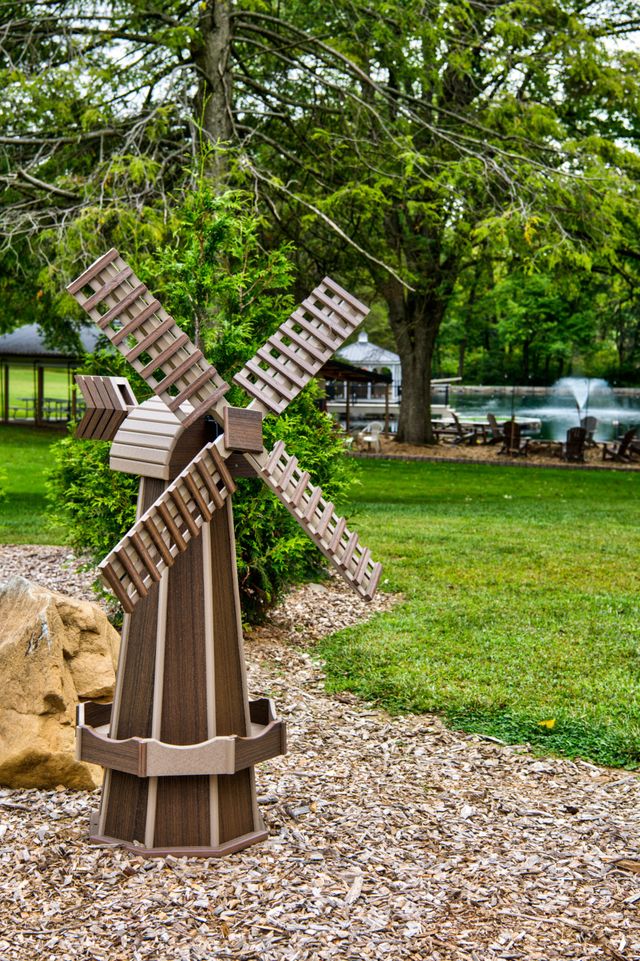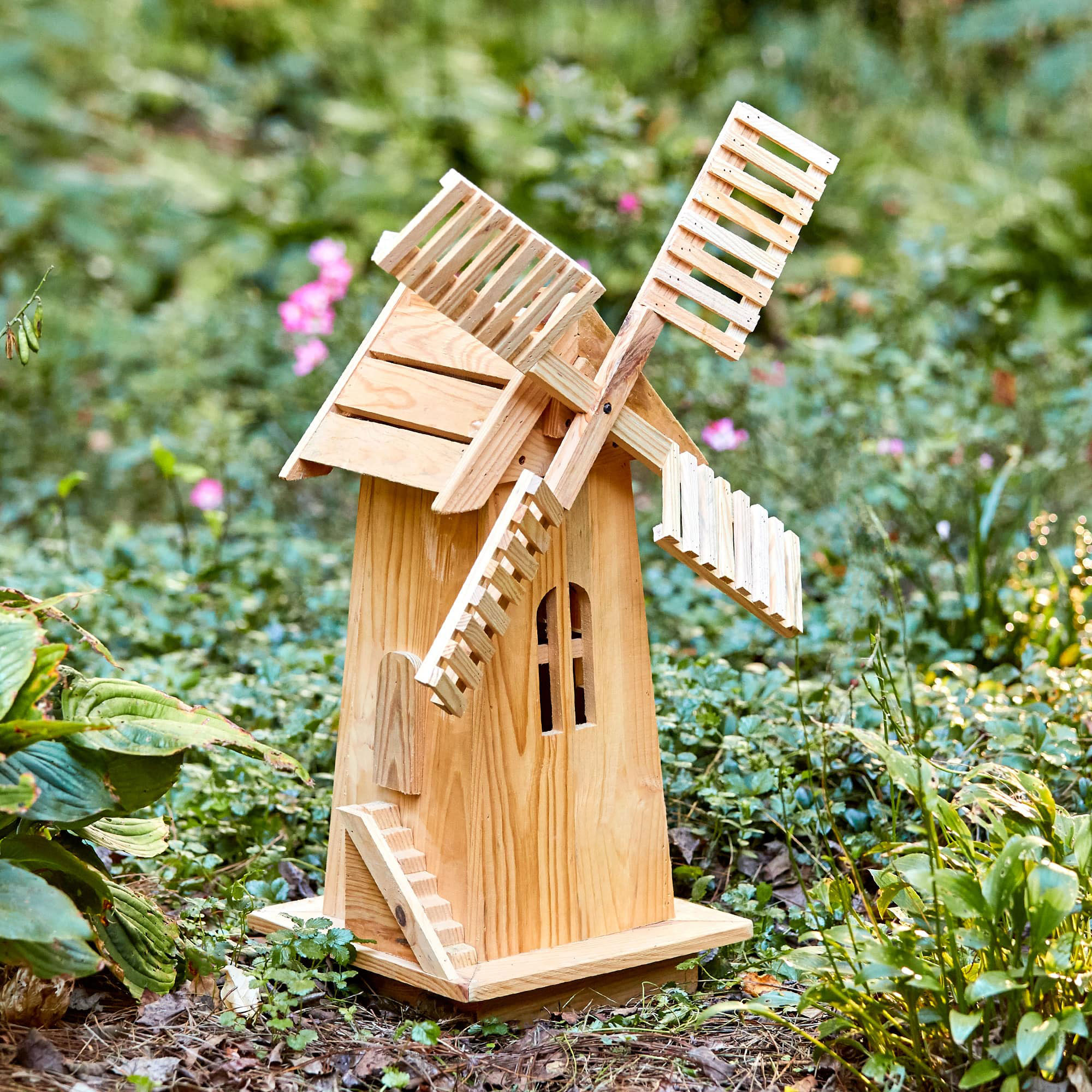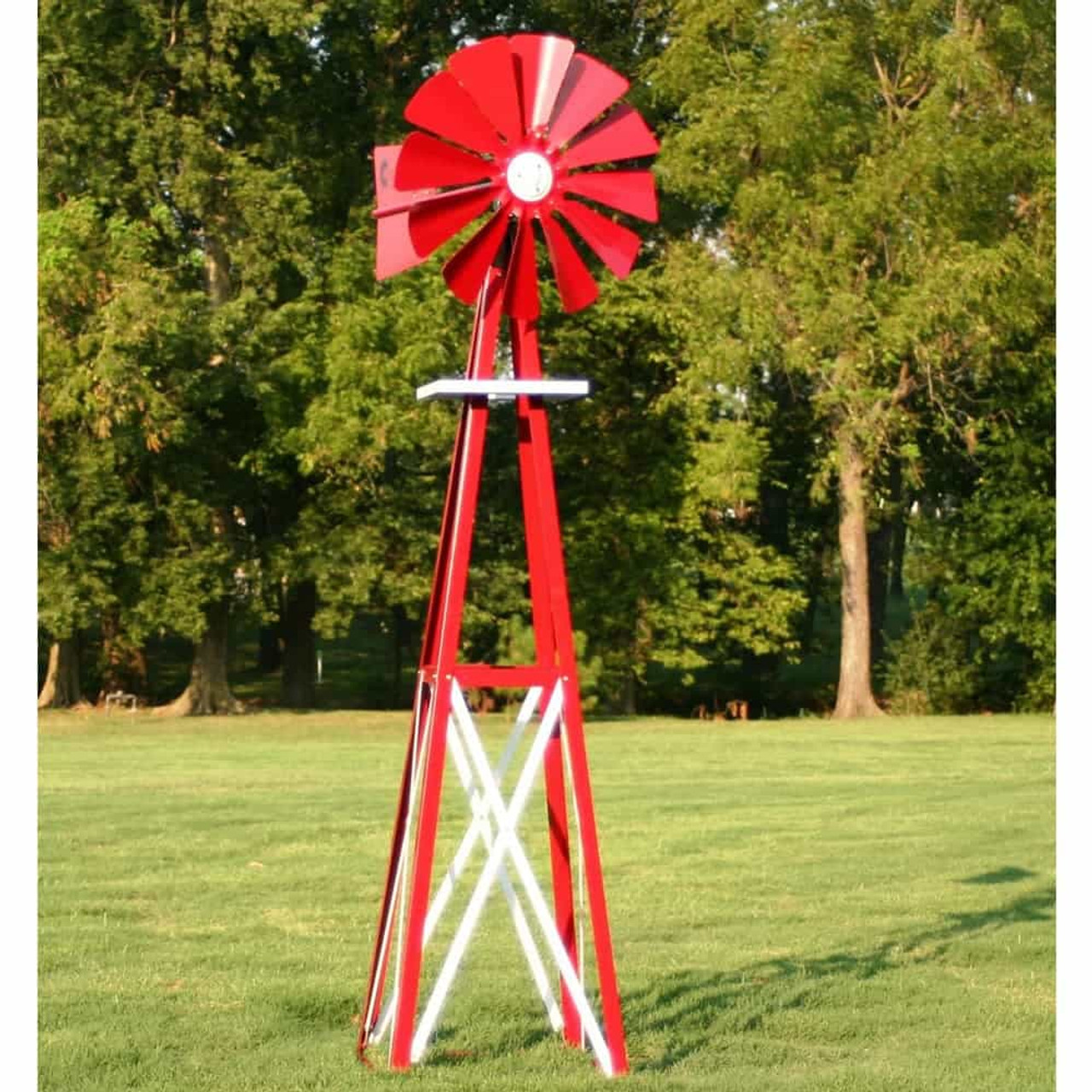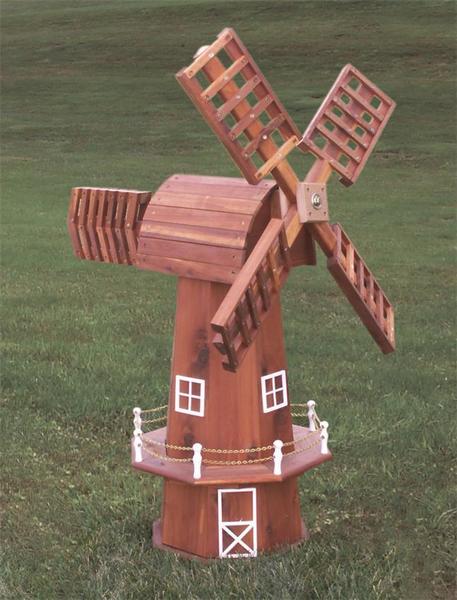When it comes to outdoor decor, few items can capture the imagination like decorative windmills. These charming structures not only add a whimsical touch to your garden or yard but also serve as a delightful reminder of simpler times. In this article, we will explore everything you need to know about outdoor decorative windmills, including their history, types, installation tips, and maintenance. So, let’s dive right in!
Table of Contents
- 1. The History of Windmills
- 2. Types of Decorative Windmills
- 3. How to Install Your Windmill
- 4. Maintenance Tips for Longevity
- 5. Pros and Cons of Decorative Windmills
- 6. Comparing Popular Windmill Models
- 7. FAQs About Decorative Windmills
- 8. Conclusion
1. The History of Windmills
Windmills date back to ancient times, with the first recorded use found in Persia around 500-900 AD. Originally designed for grinding grain and pumping water, these structures utilized the power of the wind to perform tasks that were otherwise labor-intensive. As societies evolved, so did the design and functionality of windmills.
From Functional to Decorative
In modern times, the shift from functional to decorative windmills began. Homeowners started incorporating these nostalgic pieces into their landscapes, creating not only a form of art but also a conversation starter.
2. Types of Decorative Windmills
Decorative windmills come in various styles and sizes. Understanding the types available can help you choose the perfect one for your space.
Traditional Windmills
These resemble the historical structures with blades that rotate in the wind. They often feature wooden materials and a classic design.
Garden Windmills
Smaller in size, these are designed specifically for gardens. They often come with vibrant colors and unique designs that can enhance your garden’s aesthetic.

Metal Windmills
Constructed from durable metals, these windmills can withstand harsh weather conditions. They are often painted in bright colors and have intricate designs.
Whirligigs
These are fun variants that spin rapidly in the wind, often featuring whimsical designs that can include animated characters or animals.

3. How to Install Your Windmill
Proper installation is crucial for the aesthetic and functionality of your windmill. Follow these steps for an easy setup:
Step-by-Step Installation Guide
- Choose the Right Location: Select a spot that gets plenty of wind, ideally away from tall trees and other obstructions.
- Prepare the Ground: If necessary, level the ground where the windmill will be installed.
- Follow the Instructions: Each windmill may have different assembly instructions. Make sure to follow the manufacturer’s guidelines for a secure setup.
- Secure the Base: Many windmills come with a base that needs to be anchored properly to prevent tipping in strong winds.

4. Maintenance Tips for Longevity
To keep your decorative windmill looking fresh and functioning well, regular maintenance is necessary.
Routine Checks
Inspect your windmill at least twice a year for rust, wear and tear, or loose parts.

Cleaning Your Windmill
Use mild soap and water to clean the blades and structure. Avoid abrasive cleaners that may scratch the surface.
Seasonal Preparations
During winter or harsh weather conditions, consider bringing your windmill indoors or securing it to prevent damage.

5. Pros and Cons of Decorative Windmills
| Pros | Cons |
|---|---|
| Adds charm and character to outdoor spaces. | Can be expensive depending on the design and size. |
| Variety of designs to suit any style. | Potential for rust or fading if not maintained. |
| Can be a great focal point in your garden. | May require assembly and installation effort. |
| Offers gentle movement and sound when windy. | May require regular maintenance to keep in optimal condition. |
6. Comparing Popular Windmill Models
To help you make an informed choice, we’ve compared some of the most popular decorative windmill models on the market.
| Model | Material | Height | Price | Features |
|---|---|---|---|---|
| Classic Dutch Windmill | Wood | 6 ft | $250 | Traditional design, intricate details |
| Garden Spinner Windmill | Metal | 4 ft | $150 | Colorful, multi-directional spinning |
| Rustic Farm Windmill | Galvanized Steel | 8 ft | $350 | Vintage appeal, very durable |
| Whimsical Animal Windmill | Plastic | 3 ft | $80 | Fun design, lightweight |

7. FAQs About Decorative Windmills
What is the best material for outdoor windmills?
Metal and treated wood are excellent choices for outdoor windmills as they can withstand weather conditions better than plastic.
How do I keep my windmill from rusting?
Regular cleaning and applying a rust-resistant coating can significantly help in preventing rust on metal windmills.

Can decorative windmills be used in winter?
Yes, but it’s advisable to secure or store them during extreme conditions to avoid damage.
What size windmill should I choose for my garden?
The size depends on your garden’s scale, but a height of 4 to 6 feet works well for most residential gardens.
8. Conclusion
Outdoor decorative windmills are more than just a charming addition to your garden; they embody history, creativity, and a touch of whimsy. With proper installation and maintenance, they can enhance your outdoor space for years to come. Whether you choose a traditional model or a colorful garden spinner, there’s a windmill out there that’s perfect for your personal style. So, go ahead, let your garden take flight with a delightful decorative windmill!